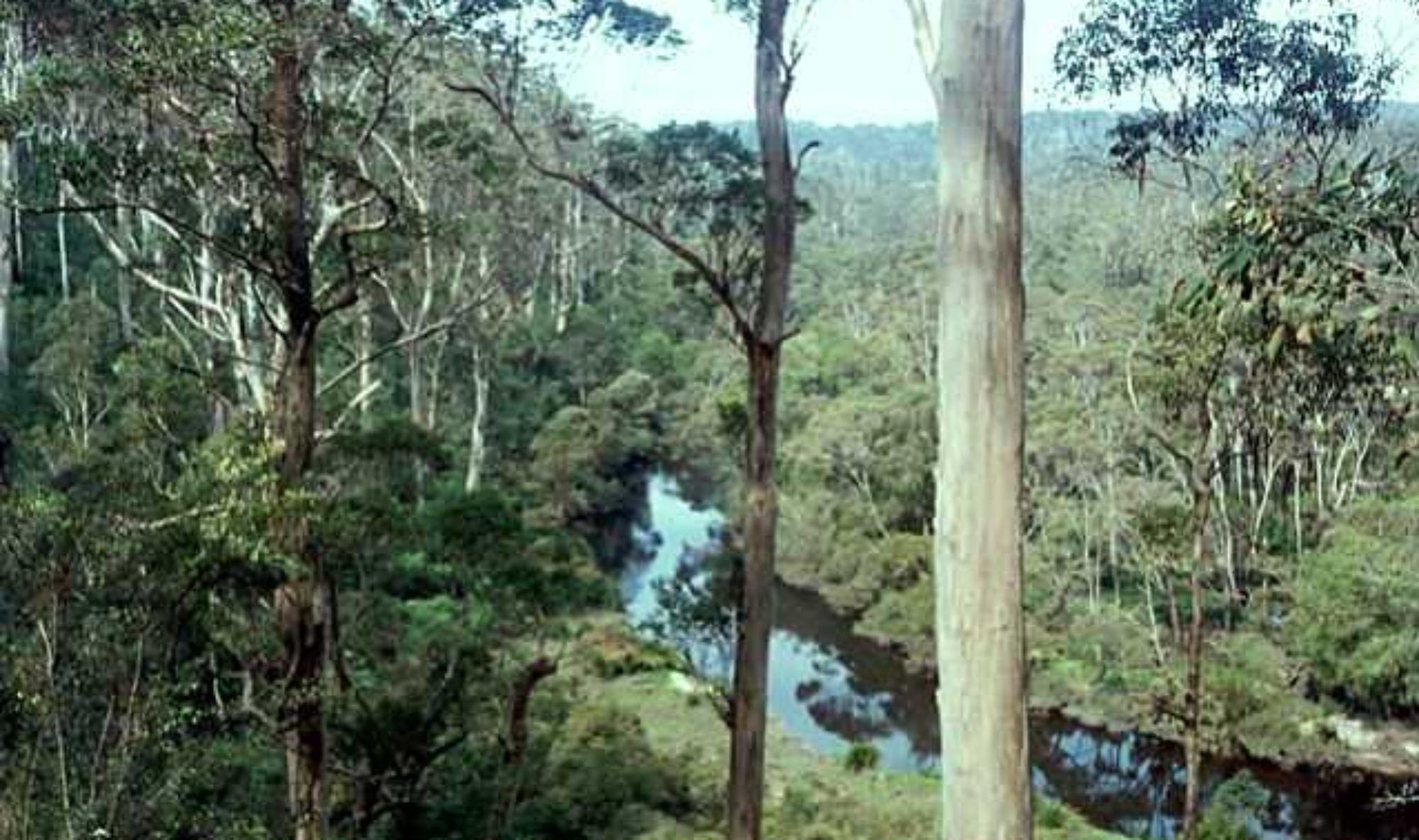Perhaps no other resource is more iconic and representative of Perth and Western Australia than the unique and beautiful timber of Jarrah.
Ranging in colour from Salmon pink to ebony with a golden accent, this timber is revered for its engineering characteristics and durability and by craftsmen for its aesthetic qualities and workable grain.
Since 1827 Western Australia Jarrah has been used in construction of Perth’s grand buildings, its bridges, dock piles, piers and jetties, and up to the early 1980s used extensively in the roof construction and floorboards of most West Australian homes.
Known by its Aboriginal name “Jarrah” the only place in the world these trees grow is in the very South West of Australia where trees can reach the height of 50 metres, and a diameter of up to 2.0 metres.
Jarrah, Eucalyptus marginata is considered one of the best general purpose hardwoods in the world. The British started logging Jarrah forest in south-west Western Australia in the 1840s to produce timber for use in construction, transport and power, and to protect water supplies. A large amount was exported to the United Kingdom, where it was cut into blocks and covered with asphalt for roads. Today Jarrah is harvested for high quality furniture and flooring.
Jarrah produces a dark, thick, tasty honey, but its wood is its main use. It is a heavy wood, with a specific gravity of 1.1 when green. Its long, straight trunks of richly coloured and beautifully grained termite-resistant timber make it valuable for cabinet making, flooring, paneling and outdoor furniture. The finished lumber has a deep rich reddish-brown colour and an attractive grain. When fresh, jarrah is quite workable but when seasoned it becomes so hard that conventional wood-working tools are near useless on it. It is mainly used for cabinet making and furniture although in the past it was used in general construction, railway sleepers and piles. In the 19th century, famous roads in other countries were paved with jarrah blocks covered with asphalt.
Since the earliest days of settlement, enormous volumes of Jarrah have been exported, where the streets of London, Berlin, Paris and other great European cities used Jarrah cobbles to pave the streets. Railway sleepers were shipped to Africa and Asia in the millions, where the timber was highly resistant to local termites and borers.
Jarrah wood is very similar to that of Karri, Eucalyptus diversicolor. Both trees are found in the southwest of Australia, and the two woods are frequently confused. They can be distinguished by cutting an unweathered splinter and burning it: karri burns completely to a white ash, whereas jarrah forms charcoal.


